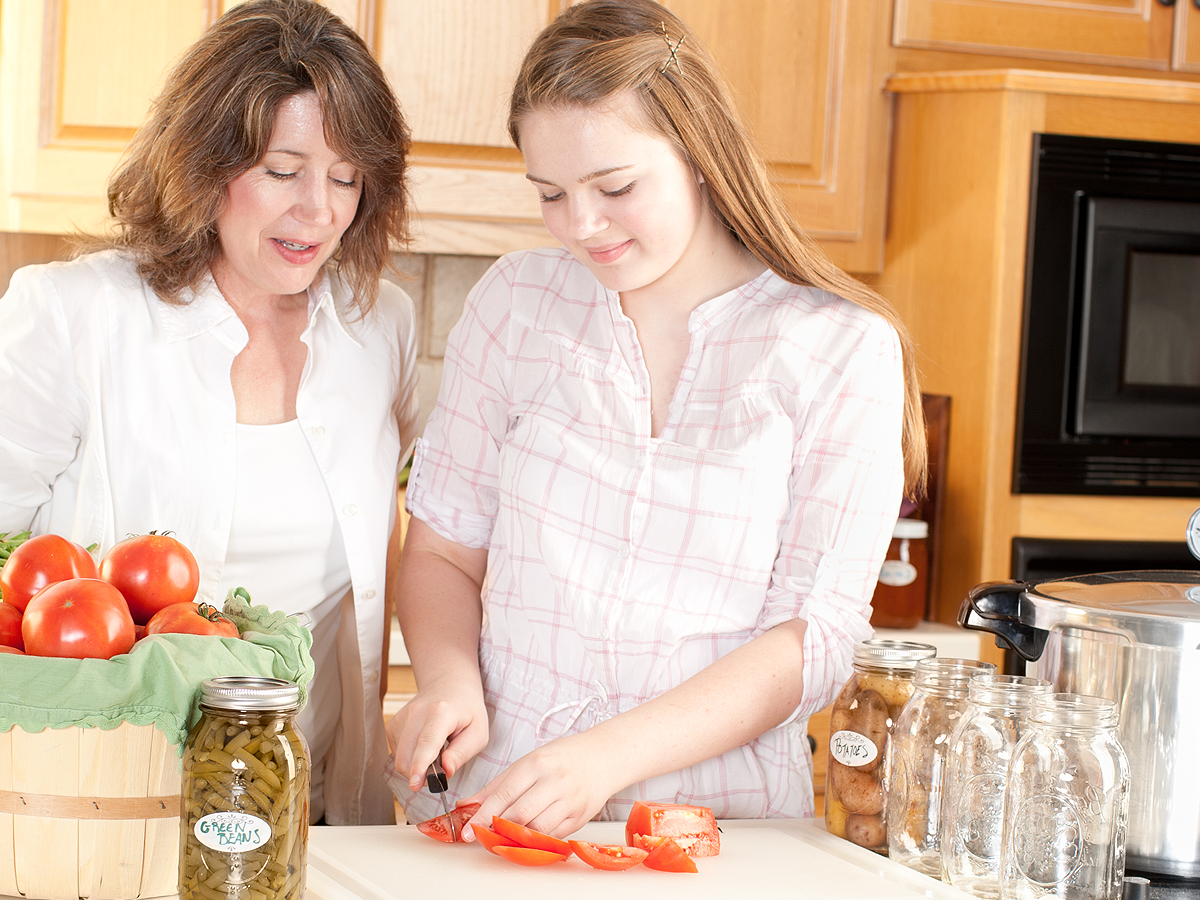How to Avoid Canning Mistakes
August 16, 2020
Canning has been an American staple for well over 150 years, with the first Mason jar invented back in 1858. Over that time, country folk have perfected some great canning recipes to safely store food over long periods of time. Here are a few things people have learned about canning over generations and how you can avoid food-borne illnesses the next time you try canning.
Botulism is Very Rare, but Real
According to the Center for Disease Control, less than 200 confirmed cases of botulism, which causes nerve damage and progressive paralysis, happened in 2017. But that doesn’t mean it isn’t a real concern.
Careful canning practices and safe storage are the keys to food safety. There are also alternatives to canning, including the made in the USA Harvest Right Freeze Dryer available at Coastal. These machines work the same as the huge, industrial models in preserving the original flavor, color, and 97% of the nutrients in your food, but it does it on a much smaller scale. Check it out at your local store.
Get Advice from the Professionals
Both Oregon State University Extension Service as well as Washington State University Extension Service have safe canning guides and step-by-step recipes. Additionally, the USDA Complete Guide to Home Canning is available as a free download.
Want to talk to a human about your canning questions? OSU’s food safety and preservation hotline is available at 1-800-354-7319 from July to mid-October each year. The hotline is staffed by certified Master Food Preserve volunteers.
11 Safe Canning Practices
There are some basics to keep in mind when canning that can make your experience a success, according to WSU Extension Service.Use research-based, lab-tested, up-to-date recipes.
Follow all directions and recipes exactly to avoid food-borne illnesses as well as overfilling jars.
Follow all ratios exactly, including the 1:1 ratio of vinegar to water in canning pickles to prevent botulism poisoning.
Make sure your canning jars are in good condition. Look for cracks or chips along the rim. Check out our article about the history of Ball® Mason Jars as well as our article Canning Jars Aren’t Just for Pickles Anymore for some added insight into these wonderful inventions and what to do with jars that are no longer usable for canning.
Never reuse canning lids.
Never use mayonnaise jars instead of mason jars. They are not structurally engineered to withstand the pressure or heat and can rupture or blow up.
Date and store your home-canned food and keep them out of direct sunlight between 50-70º F.
Make altitude adjustments. This could require adding more time to water bath canning or increasing pressure.
Never add starch, flour, or other thickeners to a recipe as this can change the rate of heat penetration.
Never add extra vegetables to salsa or stewed tomatoes as the extra ingredients can dilute acidity and result in botulism poisoning.
Boil canned food for at least 10 minutes before eating it unless you are sure the canning process was done exactly.
